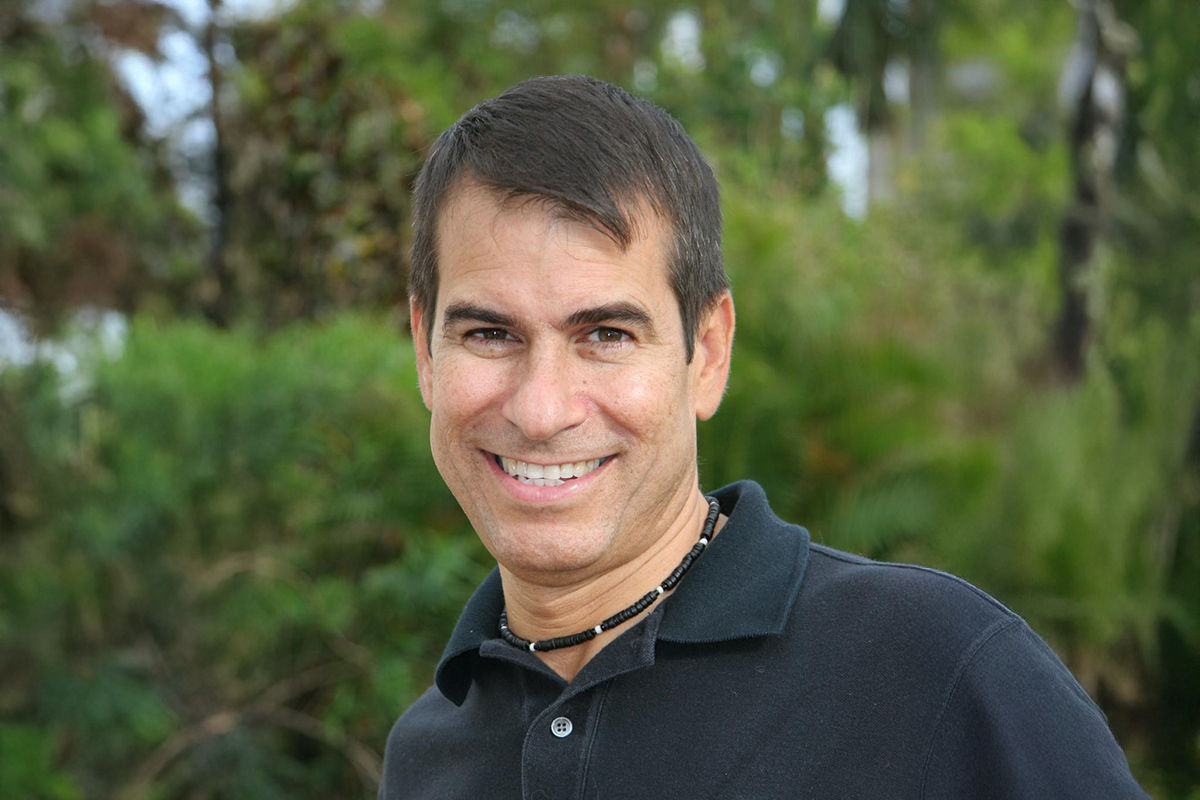PHOTO: Acclaimed author Alex Sanchez, whose award-winning novels illuminate the complexities of identity, faith, and belonging for young readers worldwide.
Champion Of Authentic Voices In Young Adult Literature
Alex Sanchez reflects on writing with honesty and empathy, exploring LGBTQ themes in young adult and middle grade fiction, and how his counselling background deepens the authenticity of his characters’ journeys.
Alex Sanchez has long been a luminous voice in young adult literature, bringing tenderness, courage, and authenticity to the page. With ten acclaimed novels, he has carved out stories that speak not only to LGBTQ readers seeking reflection, but to anyone searching for belonging, love, and self-acceptance. His work invites readers to confront difficult truths while embracing the healing power of hope.
From the groundbreaking Rainbow Boys trilogy to the award-winning So Hard to Say and Bait, Sanchez has continually expanded the landscape of queer representation in literature for young people. His characters struggle, falter, and rise—mirroring the real challenges and triumphs faced by teens navigating identity, faith, family, and friendship.
Equally striking is Sanchez’s sensitivity as a storyteller. His background as a youth and family counsellor imbues his writing with emotional realism, a compassion that refuses to condescend to younger audiences. Whether portraying a father’s gender transition in The Greatest Superpower or the push and pull of bisexual identity in Boyfriends with Girlfriends, he writes with nuance and respect, opening doorways of understanding for readers of all ages.
In every book, Sanchez reminds us that literature can be both mirror and beacon. His stories affirm the right of young people to see themselves truthfully in fiction—and to feel, perhaps for the first time, that their voices matter.
How did creating the graphic novel You Brought Me the Ocean differ from writing your prose novels, particularly working with Jul Maroh on visuals for a DC Comics character?
Writing a traditional prose manuscript is such a solitary and oftentimes lonely process. In contrast, working on a graphic novel is a tremendously collaborative process. I was honored and excited to work with such a talented artist as Jul Maroh. It was a thrill to watch my characters and settings come to life in visual form. I learned so much from our editor Sara Miller. I loved the collaboration.
The Greatest Superpower centres on twins coping with their father’s transition—how did you research and portray that family dynamic sensitively?
I drew upon my friendships with trans friends and I participated in a transgender support group. When I completed the manuscript, I asked a couple of those trans friends to review it for me for sensitivity and accuracy. Their feedback let me know I got it right.
As the author of The God Box, how did your own spiritual or cultural background inform the tension between faith and identity in the novel?
I wrote from my own experience growing up and struggling to reconcile my bisexuality and Christian spirituality.
Your Rainbow Boys trilogy sparked major teen LGBTQ visibility—what themes from Rainbow Boys, High, Road feel most relevant today?
As the old saying goes, “the more things change, the more they stay the same.“ Even though Western societies have changed so much in their views about homosexuality, there still exists so much prejudice, bigotry, and persecution all over the world. Many young people still struggle with acceptance. The one thing that has changed tremendously is that young people have more exposure to openly LGBTQ positive role models through the Internet, media, and of course, books like mine!
In So Hard to Say, a middle grade audience confronts early identity—what challenges did writing for younger readers present and how did you adapt tone?
Unlike young adult literature, middle grade books face more “gatekeeper“ librarians and teachers. Consequently, there are greater limitations on things a manuscript can include, such as swear words. Nevertheless, I wrote So Hard to Say as honestly and authentically as I could, always remembering what it was like for me to be 13 years old.
Boyfriends with Girlfriends tackles bi identity in teens—what influenced your decision to focus on bisexual representation in that story?
I wanted to write about that aspect of my sexuality and also write a book responding to so many bisexual teens who emailed me asking for a story about kids like them. It’s so empowering for young people when they can see themselves in characters in print.
Having worked as a youth and family counsellor, how has that experience shaped the characters and emotional realism across your novels?
As a writer, I write from both my own experience and also experiences gleaned from others.
What advice would you offer aspiring young adult or middle grade authors hoping to explore LGBTQ themes as honestly and effectively as you have?
The advice that has most served me about writing for young people is to write remembering the youngster you were.


